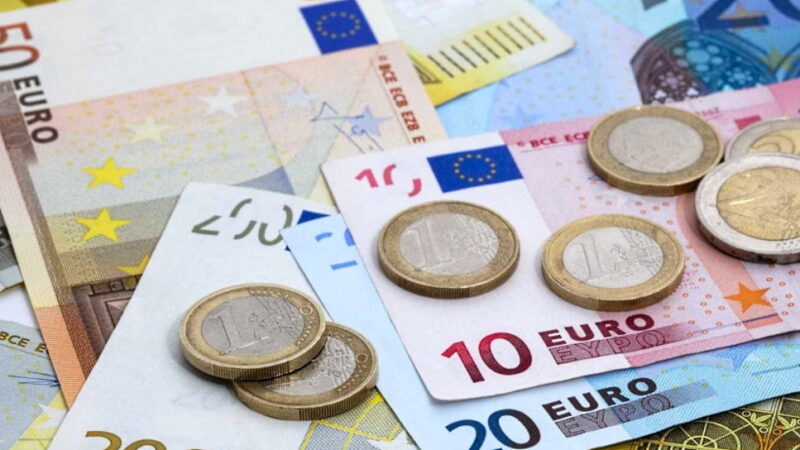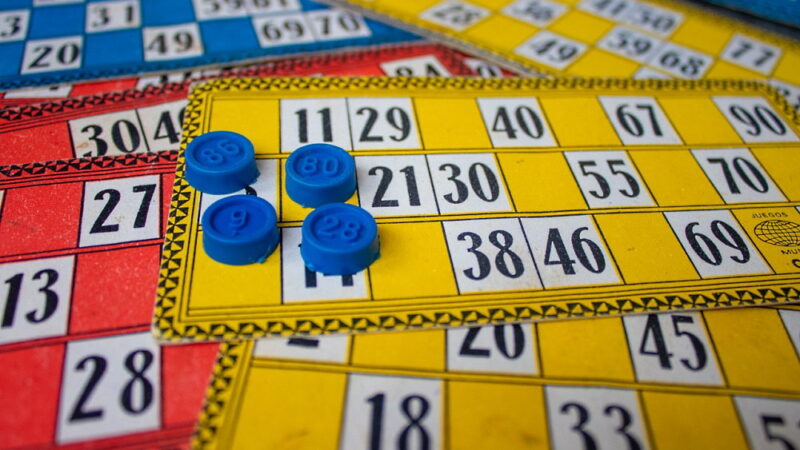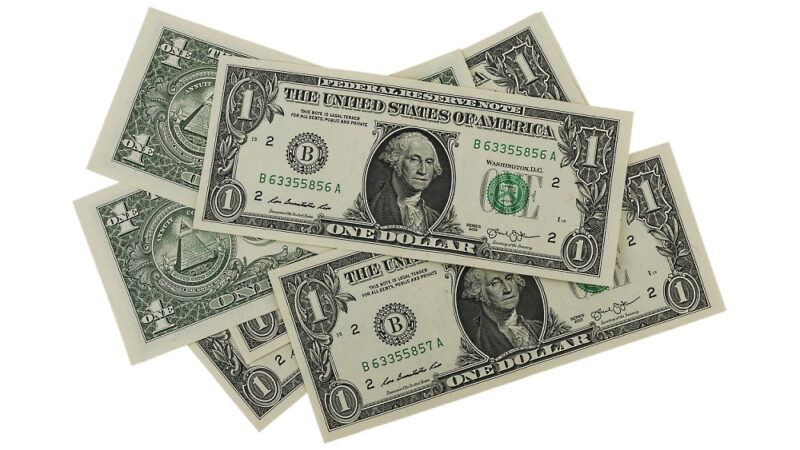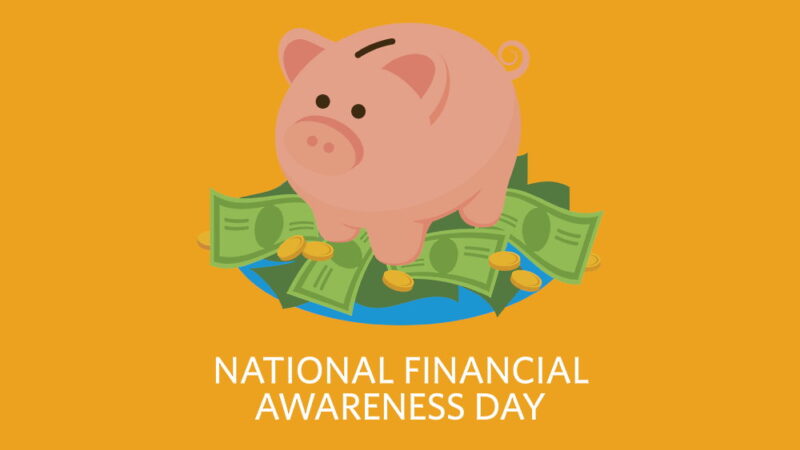Euro Day is celebrated on January 1 and honors the official currency used across many European countries. Over its history, the euro has seen both ups and downs, sparking much debate and discussion. It’s only fitting that the euro has its own holiday!
History
The euro was first introduced in 1999 for non-cash transactions, forming a currency zone between 11 states. It wasn’t until three years later that euro banknotes and coins were put into circulation. Initially, the cash euro was tested in several countries before being fully adopted. The economies of the participating EU countries responded with positive GDP growth, and the number of nations using the euro has steadily increased. Today, more than 300 million Europeans use the euro, with additional countries expected to join in the future.
Interesting Facts
Did you know that the euro:
- is the youngest major currency in the world;
- features a design by artist Robert Kalina, who won a 1996 competition held by the Council of European Monetary Art. The banknotes display architectural styles from various eras;
- is managed by the European Central Bank, headquartered in Germany;
- is multi-colored, but brown is not used in any denomination;
- is not accepted in every EU country;
- can, in rare cases, have a face value of zero (as in commemorative releases);
- has a 2-euro coin with some editions being more valuable to collectors due to limited mintage.
How to Take Part
Use Euro Day to learn more about the currency’s history. Explore the countries that use the euro and discover their cultures, traditions, cuisine, and customs. Take an interest in other types of money, their design and issuance, and how they’re adopted. Share what you learn with friends or on social media, and discuss currencies used in your own country.
When is Euro Day in 2026?
Euro Day is observed on January 1 each year.
Observations
| Weekday | Month | Day | Year |
| Thursday | January | 1 | 2026 |
| Friday | January | 1 | 2027 |
| Saturday | January | 1 | 2028 |
| Monday | January | 1 | 2029 |




